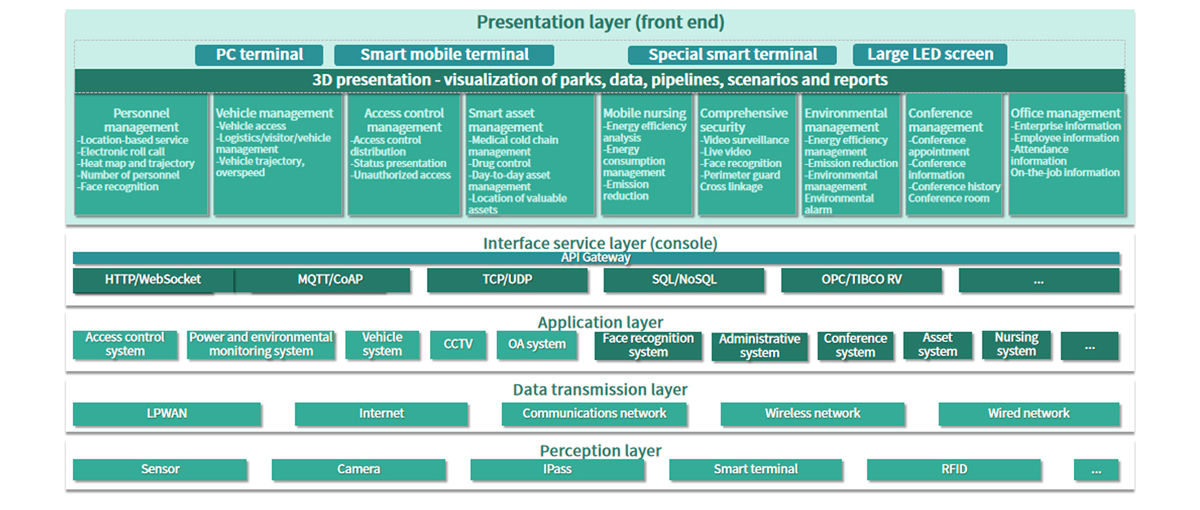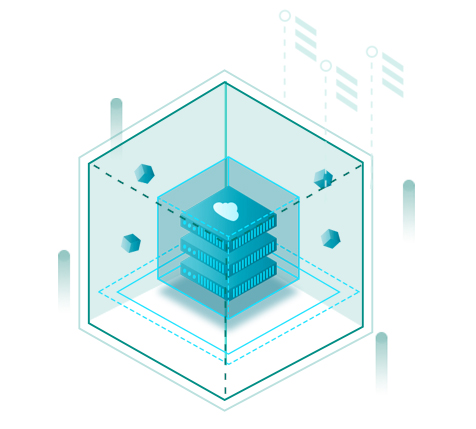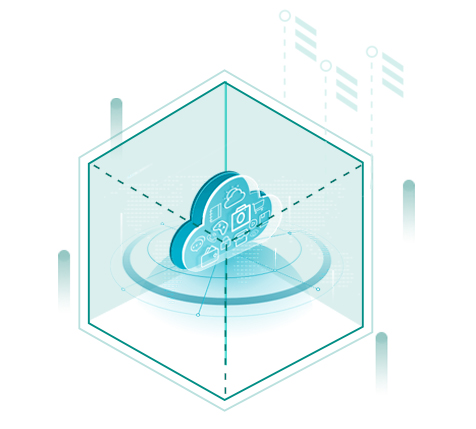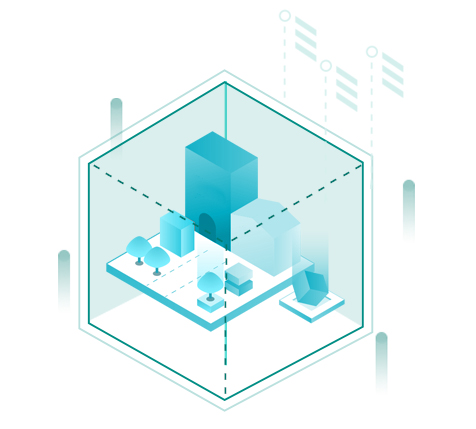National concern for the establishment of Healthy China: In order to promote the establishment of Healthy China and improve people's health, the Central Committee of the Communist Party of China and the State Council issued and implemented the Healthy China 2030 Planning Outline on October 25, 2016. The following points are proposed based on key points for medical industry:
· Optimize the pattern of diversified medical treatment, support social capital to establish non-profit medical institutions, and promote and realize equal treatment of non-profit private medical institutions and public medical institutions.
· Improve the establishment of population and health information service system: Build a unified, authoritative and interconnected population and health platform, promote the "Internet + Health Care" service in a standardized way, innovate the Internet health care service model, and continuously promote the national health information service that covers the whole life cycle, including prevention, treatment, rehabilitation and independent health management integration.
· Promote the application of big data in health care: Strengthen the construction of health care big data application system, and promote open sharing, deep mining and wide application of big data for health care based on the regional population health information platform.














